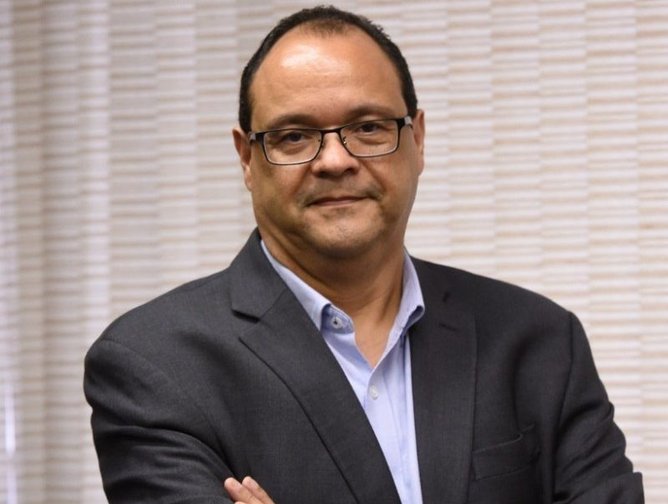Microsoft and Orbia: Sustainable Water Management
Published on by Water Network Research, Official research team of The Water Network in Case Studies
Microsoft and Orbia: Sustainable Water Management
The Orbia Building & Infrastructure Central Control Room in São Paulo, Brazil which serves all customers using the Water Network Management platform. Credit: Orbia
Microsoft and Orbia partner with SANASA to tackle water stress in Brazil, using a cloud platform to detect leaks and reduce water loss in the region
Microsoft and Orbia have established a partnership to create sustainable urban solutions with a focus on tackling global water stress.
The collaboration is a direct response to the mounting pressure on water resources from climate change, urban growth and ageing infrastructure.
Their first initiative is a project with SANASA, the public water and sanitation utility in Campinas Brazil, a region that has faced seven droughts in the last 10 years.
The project supports Microsoft’s corporate goal to become water positive by 2030, meaning it aims to replenish more water than it consumes.
“We believe that Microsoft has an important role to play in helping to address water stress in the areas we operate”, says Eliza Roberts, Water Lead at Microsoft.
“Water is a shared challenge that requires a collective approach, and we look forward to partnering with Orbia and SANASA to support a water project that is bringing public and private sector partners to the table to reduce water loss in São Paulo.”
Cloud-based platforms for water management
The Campinas project is situated within the Piracicaba Capivari and Jundiaí (PCJ) watershed, which is critical to the region, supplying more than 70% of its water.
The work combines the efforts of Orbia, Microsoft and SANASA to decrease water losses and improve network performance.
Central to this is Orbia’s Water Network Management (WNM) service a cloud platform powered by TaKaDu.

Eliza Roberts, Director, Water at Microsoft.
The WNM platform helps utilities to detect, analyse and manage network events such as leaks, bursts and faulty assets.
Orbia’s Building & Infrastructure business, Wavin, has deployed the technology, which uses advanced machine learning to interpret data in real time.
This is complemented by a central control room where Orbia water engineers provide continuous oversight of the network, helping SANASA to move from reactive to predictive maintenance.

Manuelito Magalhães Júnior, CEO of SANASA
“We are excited about joining forces with Microsoft and Orbia”, explains Manuelito Magalhães Júnior, CEO of SANASA.
“Our vision is to be a leader and benchmark in sustainable water management that can be shared throughout Brazil.
“We will do this using state-of-the-art technologies delivered through innovative partnerships that will help us to be more efficient in different areas of the business.”
Meeting data-driven sustainability goals
Global demand for fresh water continues to rise while existing supplies are strained.
According to Orbia: “By 2030 global consumption is expected to climb by 30% yet half of the world’s population already lives in water-stressed regions.”
In response, companies are setting measurable goals to address their water impact.
Taxonomy
- Sustainable Water Resource Management
- Water Losses
- Water Management
- Infrastructure
- Integrated Water Network Management
- Sustainable water purification
- Brazil